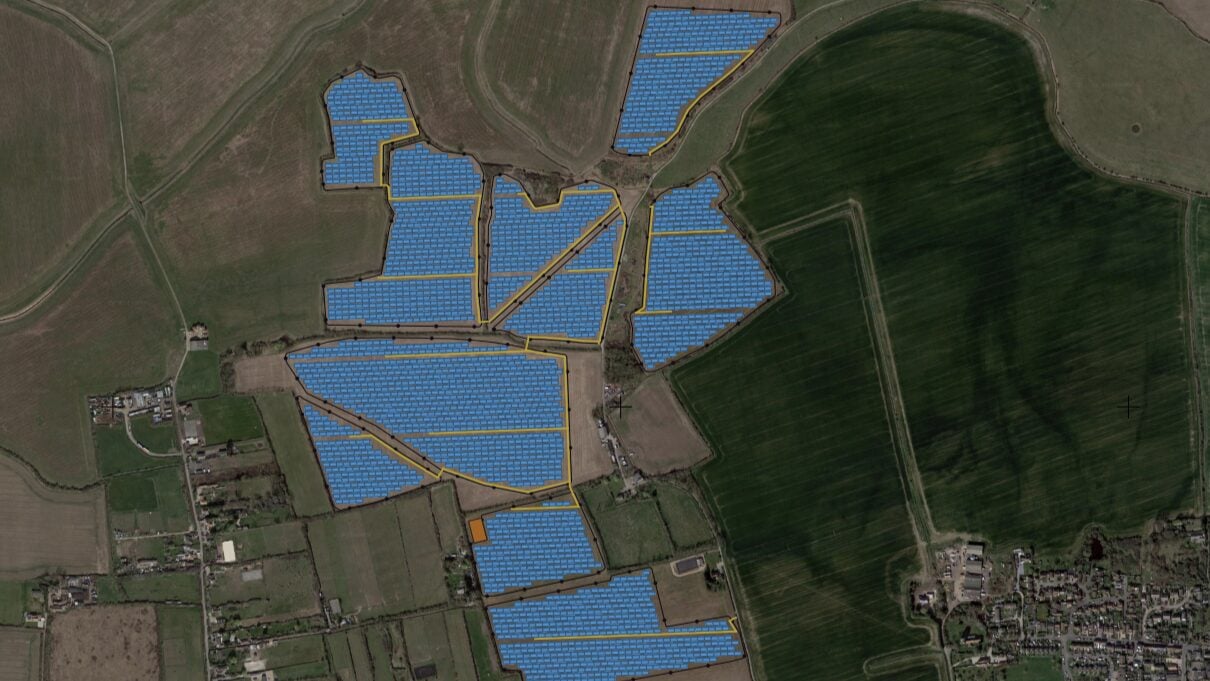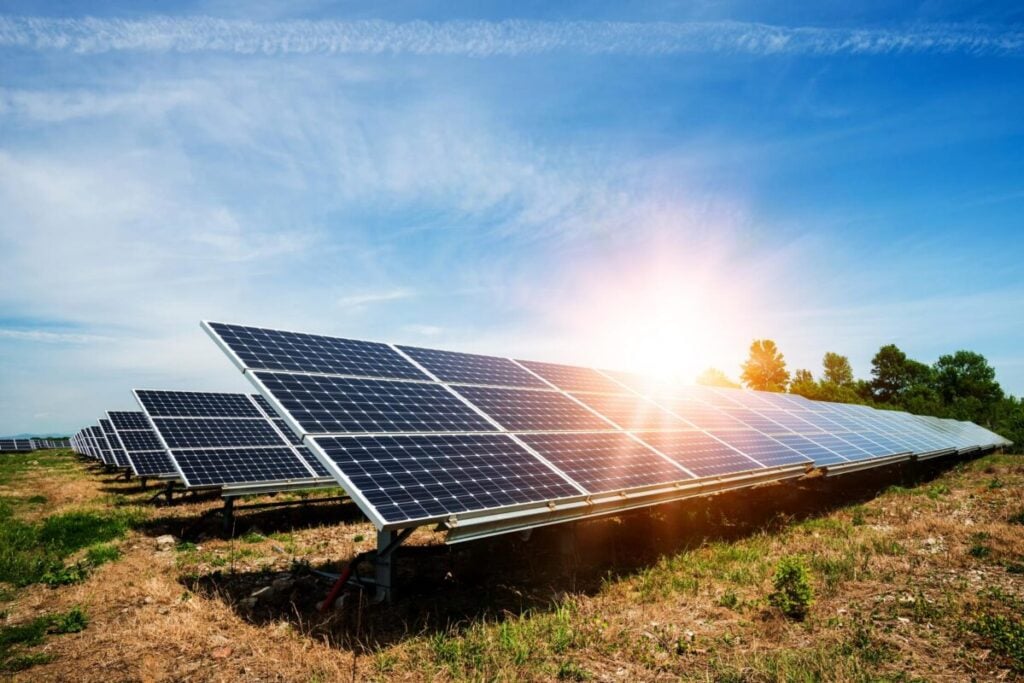Solar mount system hot-dip galvanizing thickness
Speaking of solar mount system, if you are a technician or project manager in the photovoltaic industry, you will definitely think of hot-dip galvanizing. Why? Because the problem of hot-dip galvanizing is an important quality and technical index of solar brackets, which is related to the safety and durability of the structure, there is even a period of time to talk about "thick" discoloration in the solar bracket factory. Although the technical indicators of solar brackets have been unified and regulated to a certain extent by national and industry norms, the substandard thickness of hot-dip galvanized solar brackets is still a relatively common technical problem of brackets. The specification and foreign research literature are analyzed as follows for your reference:
.jpg) At present, there are generally two types of solar brackets: carbon steel and aluminum alloy, and carbon steel is treated with hot-dip galvanizing (aluminum alloy generally adopts anodizing process, and the thickness of the oxide film is generally AA10~15). The material of carbon steel is generally Q235 and Q345 is made of strip steel coils through cold bending, welding, hot-dip galvanizing and other processes to process into brackets. The thickness of the bracket is generally greater than 2mm (for some seaside, high-rise and other windy areas and areas, it is recommended that the thickness should not be less than 2.5mm, this is to prevent the risk of tearing the steel connection points in the case of strong winds.) Closer to home, The hot-dip galvanizing process is a relatively stable and reliable steel surface treatment solution to resist environmental corrosion. There are many factors that affect hot-dip galvanizing, such as: steel substrate composition, surface state (such as roughness), substrate internal stress, geometry Size, etc., in which the thickness of the substrate has a greater influence on the thickness of hot-dip galvanizing, and generally the thicker the thickness of the hot-dip galvanizing plate, the greater the thickness. The following takes a bracket with a thickness of 2.0mm as an example to illustrate the thickness of the galvanized layer to meet the service life requirements of environmental corrosion.
At present, there are generally two types of solar brackets: carbon steel and aluminum alloy, and carbon steel is treated with hot-dip galvanizing (aluminum alloy generally adopts anodizing process, and the thickness of the oxide film is generally AA10~15). The material of carbon steel is generally Q235 and Q345 is made of strip steel coils through cold bending, welding, hot-dip galvanizing and other processes to process into brackets. The thickness of the bracket is generally greater than 2mm (for some seaside, high-rise and other windy areas and areas, it is recommended that the thickness should not be less than 2.5mm, this is to prevent the risk of tearing the steel connection points in the case of strong winds.) Closer to home, The hot-dip galvanizing process is a relatively stable and reliable steel surface treatment solution to resist environmental corrosion. There are many factors that affect hot-dip galvanizing, such as: steel substrate composition, surface state (such as roughness), substrate internal stress, geometry Size, etc., in which the thickness of the substrate has a greater influence on the thickness of hot-dip galvanizing, and generally the thicker the thickness of the hot-dip galvanizing plate, the greater the thickness. The following takes a bracket with a thickness of 2.0mm as an example to illustrate the thickness of the galvanized layer to meet the service life requirements of environmental corrosion.
Assuming that the thickness of the solar mount system substrate is 2mm, according to the specification GBT13192-2002 hot-dip galvanizing specification, according to the requirements of the national standard, for a 2mm substrate, the local thickness should not be less than 45μm, and the average thickness should not be less than 55μm.
If calculated according to the national standard, the average thickness is 55μm, the amount of zinc attached is 55x7.2=396g/m2, and the service life in four different environments is about:
Heavy industry zone: 8.91 years, with an annual corrosion rate of 40.1;
Coastal zone: 32.67 years with a corrosion rate of 10.8 per year;
Suburban area: 66.33 years, the annual corrosion rate is 5.4;
Urban areas: 20.79 years, with an annual corrosion rate of 17.5;
If calculated according to the photovoltaic service life of 25 years, the four zones are at least: 1002.5, 270, 135, 437.5, namely 139 μm, 37.5 μm, 18.75 μm, 60.76 μm, so for the distribution of urban areas, the industry generally uses the galvanized layer. It is reasonable and necessary for the thickness to be at least 65 μm, but for heavy industrial areas, especially industrial areas with acid and alkali corrosion, it is recommended that the thickness of the solar mount system should be appropriately increased, and the thickness of the galvanized layer should be appropriately increased.
.jpg)
Assuming that the thickness of the solar mount system substrate is 2mm, according to the specification GBT13192-2002 hot-dip galvanizing specification, according to the requirements of the national standard, for a 2mm substrate, the local thickness should not be less than 45μm, and the average thickness should not be less than 55μm.
If calculated according to the national standard, the average thickness is 55μm, the amount of zinc attached is 55x7.2=396g/m2, and the service life in four different environments is about:
Heavy industry zone: 8.91 years, with an annual corrosion rate of 40.1;
Coastal zone: 32.67 years with a corrosion rate of 10.8 per year;
Suburban area: 66.33 years, the annual corrosion rate is 5.4;
Urban areas: 20.79 years, with an annual corrosion rate of 17.5;
If calculated according to the photovoltaic service life of 25 years, the four zones are at least: 1002.5, 270, 135, 437.5, namely 139 μm, 37.5 μm, 18.75 μm, 60.76 μm, so for the distribution of urban areas, the industry generally uses the galvanized layer. It is reasonable and necessary for the thickness to be at least 65 μm, but for heavy industrial areas, especially industrial areas with acid and alkali corrosion, it is recommended that the thickness of the solar mount system should be appropriately increased, and the thickness of the galvanized layer should be appropriately increased.



